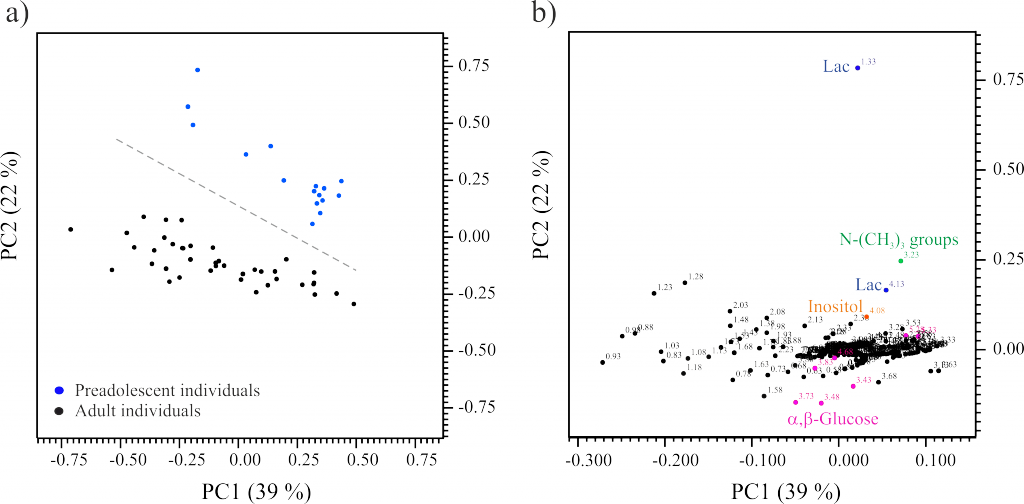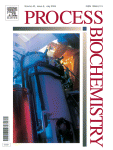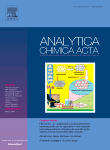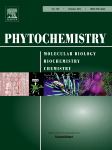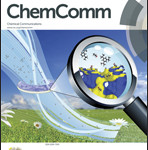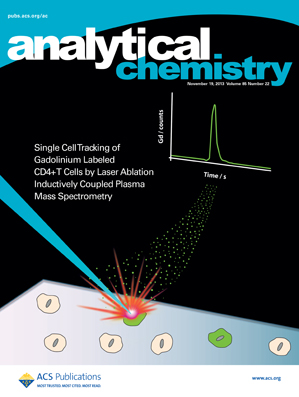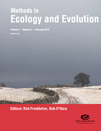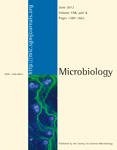The 32nd European Embryo Transfer Association Meeting of 2016 was held in Barcelona (from the 9th to the 10th of September).
We presentented the poster:
“Nuclear magnetic resonance (NMR) of goat follicular fluid shows different metabolic profiles among follicle size and female age” of S. Soto, M. Pérez-Trujillo, M.G. Catalá, M. Roura, D. Izquierdo, T. Parella, M.T. Paramio.
Abstract: Oocytes recovered from prepubertal goats are very heterogeneous in growth and grade of atresia which make them unpredictable for IVEP programs. We have observed that oocytes from prepubertal goats obtained from >3 mm follicles develop up to blastocyst stage at a similar percentage than oocytes from adult goats (18% vs 21%), suggesting that the follicle development and the follicular fluid (FF) content are more relevant to oocyte competence than the age of the donor. The aim of this study is to characterize the FF metabolomic profile from different follicular environments through a high-resolution 1H NMR-based metabolomic study. Samples of adult (n=40) and prepubertal (n=16) FF where collected by laparoscopic ovum pick-up (LOPU) and by aspiration of slaughterhouse ovaries, respectively. FF from small (< 3 mm) and large (> 3 mm) diameter follicles where pooled for each female. Multivariate ordination principal component analysis (PCA) was performed to detect patterns of sample ordination in the metabolomes. The unsupervised method clearly differed between the FF metabolomes of large and small follicles of prepubers and between the FF of preadolescent and adult individuals.
Figure. a) PCA scores plot (PC1-PC2) from 1H NMR spectral data of follicular fluid samples of preadolescent (n=16; blue dots) and adult (n=40; black dots) goats. b) PCA heat map loadings plot (PC1-PC2) with some discriminant variables assigned.

